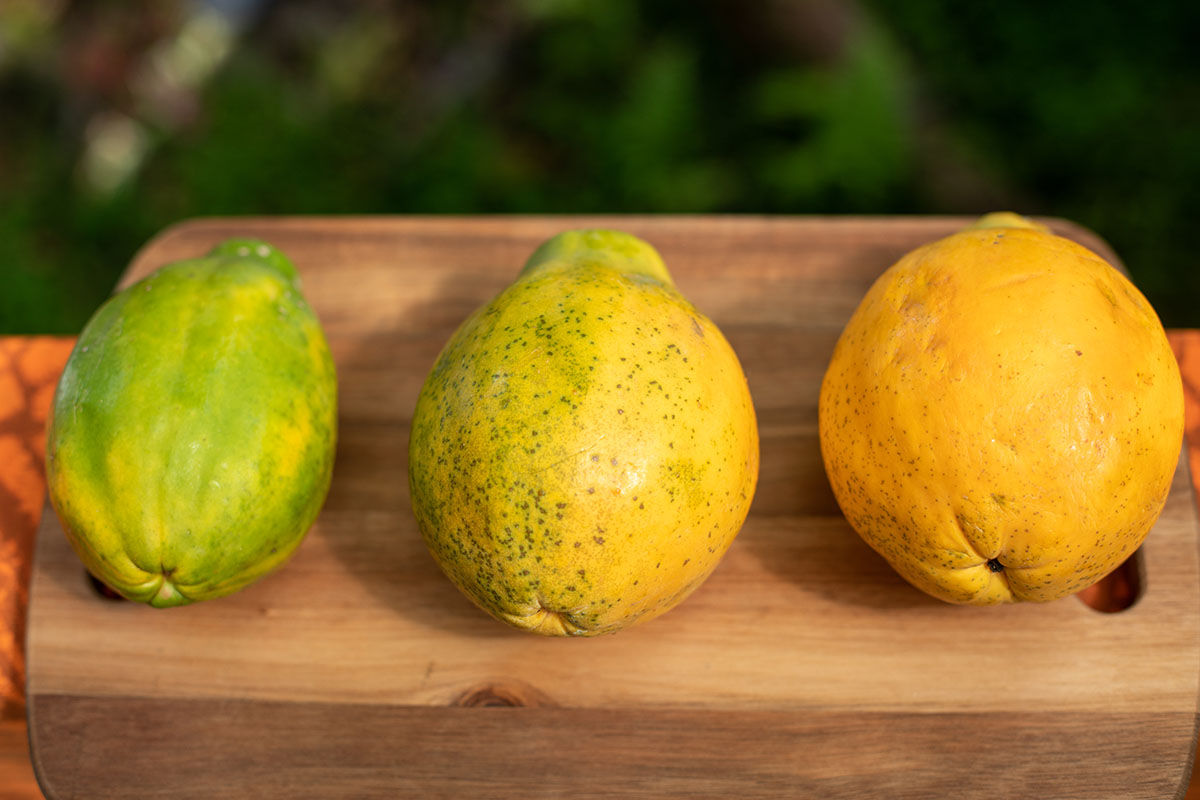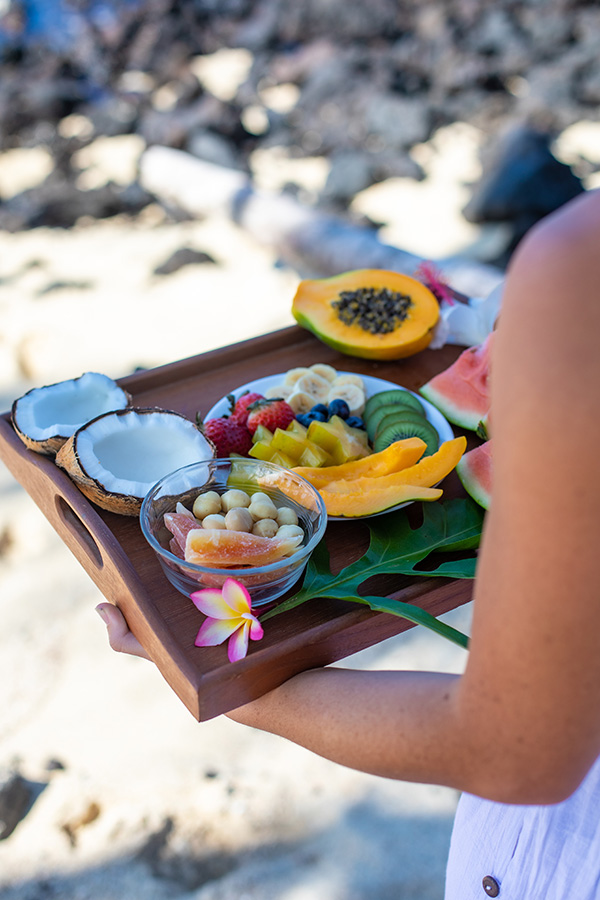Papaya Nutrition

Papaya Nutrition
Papayas are one of the healthiest fresh fruits. Grown on the Big Island of Hawaii, they are rich in vitamins A and C, high in potassium and fiber— and despite their lusciousness, they’re a fat-free, cholesterol-free treat you can enjoy guilt-free.
Papayas:
- are all natural
- are fat and cholesterol free
- rich in enzymes that stimulate stomach secretions and aid digestion
- are naturally sweet, no-added sugar
- excellent source of Vitamins C and E and beta-carotene, three strong antioxidants
- good source of calcium, potassium and Vitamins A and Vitamin B
How to eat a papaya?
• Chill, wash and cut the papaya lengthwise; scoop out the seeds; and eat with a spoon.
• Peel and cut into smaller pieces for fruit salads, along with pineapple and mango slices.
• Use the papaya as its own bowl. Fill with cottage cheese, ice cream, or tuna-salad.
• Blend papaya seeds into creamy salad dressings for peppery flavor and add to your favorite salad.
Why do people love papaya so much?

Aid in Digestion
Papayas are rich in protein-digesting enzymes that aid digestion, such as papain and chymopapain. They are also low in fat and are a good source of fiber, which has been shown to lower high cholesterol levels.

Antioxidants
Papayas are an excellent source of three powerful antioxidants: Vitamins C and E and beta-carotene. These nutrients help prevent the oxidation of cholesterol that may damage the blood vessel walls and eventually cause heart attack or stroke.

Lypocene Rich
In a scientific study, men who regularly ate lycopene-rich fruits such as papaya and drank green tea were less likely to have prostate cancer than those who consumed the least lycopene-rich foods
